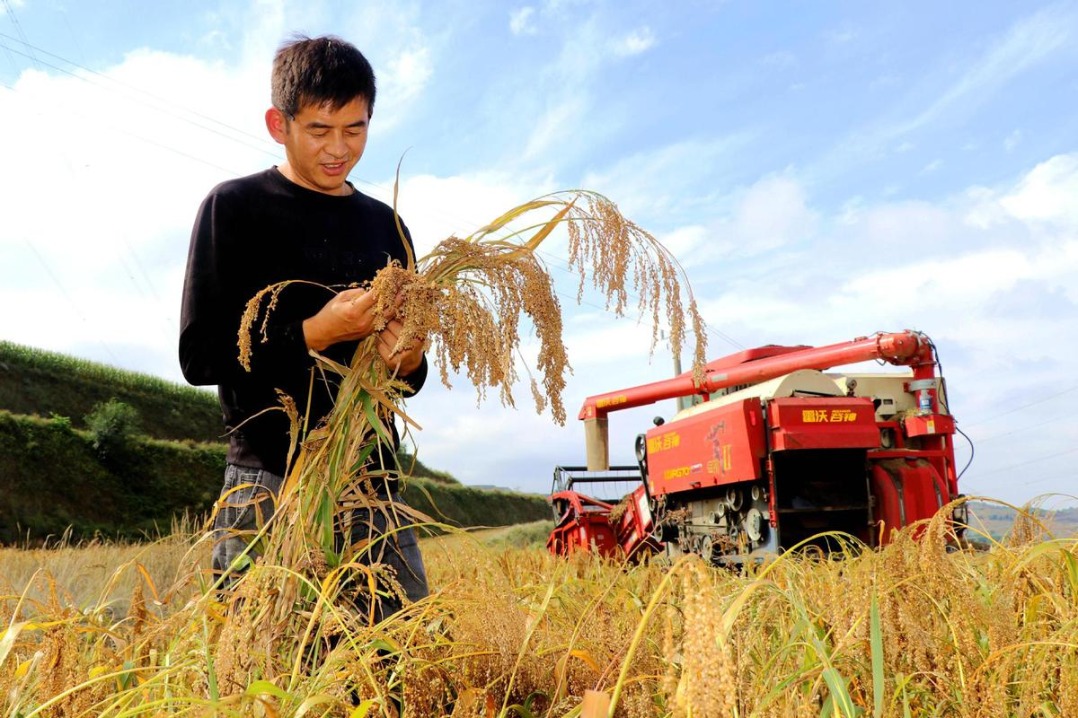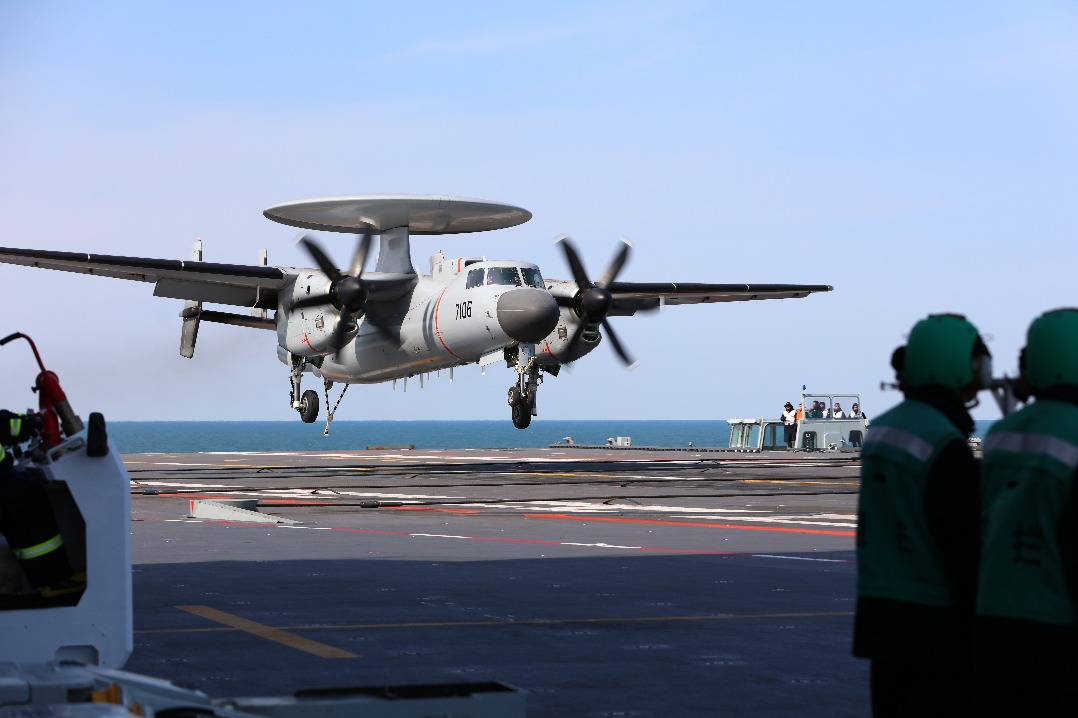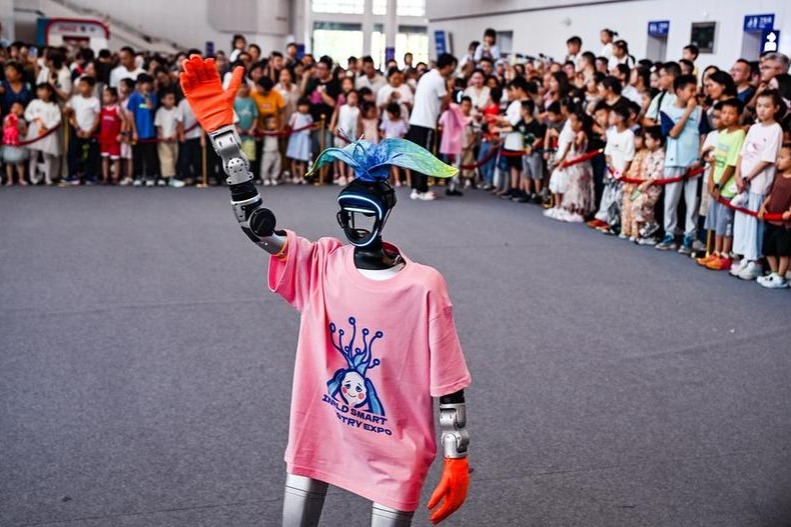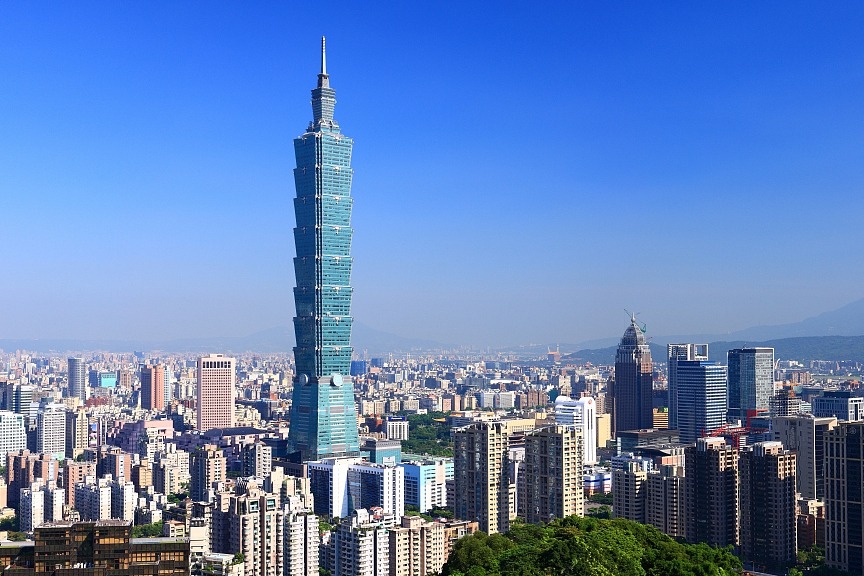Resolution of the Central Committee of the Communist Party of China on the Major Achievements and Historical Experience of the Party over the Past Century

I. A Great Victory in the New-Democratic Revolution
In the period of the new-democratic revolution, the main tasks of the Party were to oppose imperialism, feudalism, and bureaucrat-capitalism, seek national independence and the people's liberation, and create the fundamental social conditions necessary for realizing national rejuvenation.
With a history stretching back more than 5,000 years, the Chinese nation is a great and ancient nation that has fostered a splendid civilization and made indelible contributions to the progress of human civilization. After the Opium War of 1840, however, China was gradually reduced to a semi-colonial, semi-feudal society due to the aggression of Western powers and the corruption of feudal rulers. The country endured intense humiliation, the people were subjected to untold misery, and the Chinese civilization was plunged into darkness. The Chinese nation suffered greater ravages than ever before.
To save the nation from peril, the Chinese people rose to fight back, and patriots of high ideals sought to pull the nation together, putting up a heroic and moving struggle. The Taiping Heavenly Kingdom Movement, the Westernization Movement, the Reform Movement of 1898, and the Yihetuan Movement rose one after the other, and a variety of plans were devised to ensure national survival, but all of these ended in failure. The Revolution of 1911 led by Dr. Sun Yat-sen brought down the absolute monarchy that had reigned over China for thousands of years, but it failed to change the semi-colonial and semi-feudal nature of Chinese society and to alter the bitter fate of the Chinese people. China was in urgent need of new ideas to lead the movement to save the nation and a new organization to rally forces of revolution.
With the salvoes of Russia's October Revolution in 1917, Marxism-Leninism was brought to China. The May 4th Movement of 1919 spurred the spread of Marxism throughout the country. Then in July 1921, as the Chinese people and the Chinese nation were undergoing a great awakening and Marxism-Leninism was becoming closely integrated with the Chinese workers' movement, the Communist Party of China was born. The founding of a communist party in China was an epoch-making event, and from then on the Chinese revolution took on an entirely new look.
The Party was keenly aware that the conflicts between imperialism and the Chinese nation, and those between feudalism and the people constituted the principal contradiction in modern Chinese society. To realize national rejuvenation, it would be essential to initiate an anti-imperialist and anti-feudal struggle.
In the early days of the Party and during the Great Revolution, the Party formulated the program of the democratic revolution, launched movements of workers, youths, peasants, and women, promoted and supported the reorganization of the Chinese Kuomintang (KMT) and the founding of the National Revolutionary Army, and led the great anti-imperialist and anti-feudal struggle across the country, bringing about a surge in the Great Revolution.
In 1927, the reactionary clique within the KMT betrayed the revolution, brutally massacring communists and other revolutionaries. Meanwhile, the Right deviationist ideas within the Party represented by Chen Duxiu grew into Right opportunist errors and came to dominate the Party's leadership. The Party and the people were unable to mount an effective resistance, resulting in a disastrous defeat for the Great Revolution under the surprise attack of a powerful enemy.
During the Agrarian Revolutionary War, the Party realized in light of harsh realities that without revolutionary armed forces, it would be impossible to defeat armed counter-revolutionaries, win the Chinese revolution, and thus change the fate of the Chinese people and the Chinese nation. The Party would need to fight armed counter-revolution with armed revolution.
The Nanchang Uprising of 1927 fired the opening shot of armed resistance against KMT reactionaries. This marked the start of the Communist Party of China's journey to lead the revolutionary struggle independently, build the people's armed forces, and seize state power by force. Soon afterwards, the policy of carrying out agrarian revolution and organizing armed uprisings was established at the August 7th Meeting. The Party led the Autumn Harvest Uprising, the Guangzhou Uprising, and uprisings in many other areas. Due to the great disparity in strength between the enemy forces and our own, most of these uprisings ended in failure. The fact of the matter was that in view of objective conditions at the time, the Chinese communists could not follow the example of Russia's October Revolution and win nationwide revolutionary victory by taking key cities first. The Party urgently needed to find a revolutionary path compatible with China's actual conditions.
The shift from attacking big cities to advancing into rural areas was a new starting point of decisive importance in the Chinese revolution. Led by Comrade Mao Zedong, soldiers and civilians established the first rural revolutionary base in the Jinggang Mountains, where the Party led the people in overthrowing local despots and redistributing the land. The Gutian Meeting of 1929 established the principles of strengthening the Party ideologically and the military politically. As progress was made in the struggle, the Party established the Central Revolutionary Base as well as the Western Hunan-Hubei, Haifeng-Lufeng, Hubei-Henan-Anhui, Qiongya, Fujian-Zhejiang-Jiangxi, Hunan-Hubei-Jiangxi, Hunan-Jiangxi, Zuojiang-Youjiang, Sichuan-Shaanxi, Shaanxi-Gansu, and Hunan-Hubei-Sichuan-Guizhou bases. In addition, the Party also set up Party organizations and other revolutionary organizations in KMT-controlled areas and launched revolutionary mass struggles.
However, the fifth counter-encirclement and suppression campaign in the Central Revolutionary Base ended in failure as a result of the misguided leadership of Wang Ming's "Left" dogmatism within the Party. The Red Army was forced to make a strategic shift, and arrived in northern Shaanxi Province after enduring the extraordinarily bitter and arduous journey of the Long March. The errors of the "Left" line caused enormous losses to revolutionary bases as well as revolutionary forces in KMT-controlled areas.
In January 1935, the Political Bureau of the Central Committee convened a meeting in Zunyi on the Long March, at which Comrade Mao Zedong was confirmed as the de facto leader of the Central Committee and the Red Army. The meeting laid the groundwork for establishing the leading position within the Central Committee of the correct Marxist line chiefly represented by Comrade Mao Zedong, as well as for the formation of the first generation of the central collective leadership with Comrade Mao Zedong at its core. The meeting opened a new stage in which the Party would act on its own initiative to address practical problems concerning the Chinese revolution, and saved the Party, the Red Army, and the Chinese revolution at a moment of greatest peril. It also subsequently enabled the Party to defeat Zhang Guotao's separatism, bring the Long March to a triumphant conclusion, and open up new horizons for the Chinese revolution. The Zunyi Meeting is therefore considered a pivotal turning point in the Party's history.
After the September 18th Incident in 1931 during the War of Resistance against Japanese Aggression, the conflict between China and Japan gradually overtook domestic class conflict as the issue of primary importance. As Japanese imperialists intensified their aggression against China, the country was plunged into an unprecedented national crisis. The Party was the first to propose that China should fight Japanese aggression with armed resistance, and launched extensive resistance movements. It also facilitated a peaceful settlement of the Xi'an Incident, thus playing a historic role in promoting a second period of cooperation between the KMT and the CPC and the united resistance against Japanese aggression.
Following the July 7th Incident in 1937, the Party implemented the right policy on the Chinese united front against Japanese aggression, and adhered to the line of all-out resistance. It devised and executed the strategic guidelines for a protracted war as well as a whole set of strategies and tactics for a people's war, opened up vast battlefronts behind enemy lines, and developed bases for the resistance. The Party led the Eighth Route Army, the New Fourth Army, the Northeast United Resistance Army, and other forces of the people's armed resistance in brave fighting, and they were the pillar of the entire nation's resistance until the Chinese people finally prevailed. This marked the first time in modern history that the Chinese people had won a complete victory against foreign aggressors in the war of national liberation, and was an important part of the global war against fascism.
During the War of Liberation, as the KMT reactionaries flagrantly launched an all-out civil war, the Party led soldiers and civilians in gradually shifting from active defense to strategic offensive. It secured victories in the Liaoxi-Shenyang, Huai-Hai, and Beiping-Tianjin campaigns as well as the Crossing-the-Yangtze Campaign, advanced triumphantly into the central-south, northwest, and southwest, and wiped out eight million KMT troops, thus overthrowing the reactionary KMT government and the three mountains of imperialism, feudalism, and bureaucrat-capitalism. With the support of the people, the Party-led people's army demonstrated heroic mettle and unyielding resolve as they fought to the last against these fierce enemies, making a historic contribution to the victory of the new-democratic revolution.
In the course of the revolutionary struggle, Chinese communists, with Comrade Mao Zedong as their chief representative, adapted the basic tenets of Marxism-Leninism to China's specific realities and developed a theoretical synthesis of China's unique experience which came from painstaking trials and great sacrifices. They blazed the right revolutionary path of encircling cities from the countryside and seizing state power with military force. They established Mao Zedong Thought, which charted the correct course for securing victory in the new-democratic revolution.
In the course of the revolutionary struggle, the Party carried forward its great founding spirit comprised of the following principles: upholding truth and ideals, staying true to its original aspiration and founding mission, fighting bravely without fear of sacrifice, and remaining loyal to the Party and faithful to the people. The Party initiated and advanced the great project of Party building, introduced the principle of focusing on strengthening the Party in ideological terms, and upheld democratic centralism. It stuck to the three fine styles of conduct, namely combining theory with practice, maintaining close ties with the people, and conducting criticism and self-criticism; it developed the three important tools of the united front, armed struggle, and Party building, as it strived to build a national Marxist party of the people, which was fully consolidated in ideological, political, and organizational terms. The rectification movement-a Party-wide Marxist ideological education movement-was launched in 1942 and yielded tremendous results. The Party formulated the Resolution on Certain Questions in the History of Our Party, which helped the entire Party reach a common understanding of the basic questions regarding the Chinese revolution. At the Seventh National Congress, the correct line, principles, and policies were formulated for building a new-democratic China, and as a result the Party became united as never before in ideological, political, and organizational terms.
On October 1, 1949, the founding of the People's Republic of China was proclaimed after 28 years of bitter and courageous struggle carried out by the people under the leadership of the Party and with the active support of other political parties and democrats without party affiliation, thus realizing the independence of the Chinese nation and the liberation of the Chinese people. This put an end to China's history as a semi-colonial, semi-feudal society, to the rule of a handful of exploiters over the working people, to the state of total disunity that plagued the old China, and to all the unequal treaties imposed on our country by foreign powers and all the privileges that imperialist powers enjoyed on our land, marking the country's great transformation from a millennia-old feudal autocracy to a people's democracy. This also reshaped the world political landscape and offered enormous inspiration for oppressed nations and peoples struggling for liberation around the world.
It has been proven through practice that history and the people have chosen the Communist Party of China, and that without its leadership, it would not have been possible to realize national independence and the people's liberation. Through tenacious struggle, the Party and the people showed the world that the Chinese people had stood up and the time in which the Chinese nation could be bullied and abused was gone and would never return. This marked the beginning of a new epoch in China's development.

































